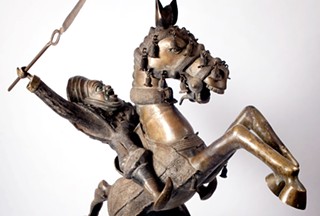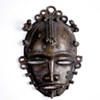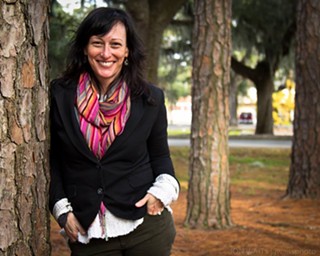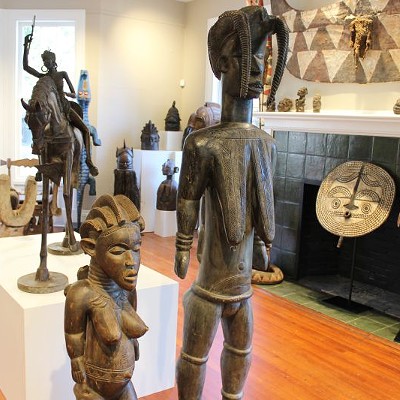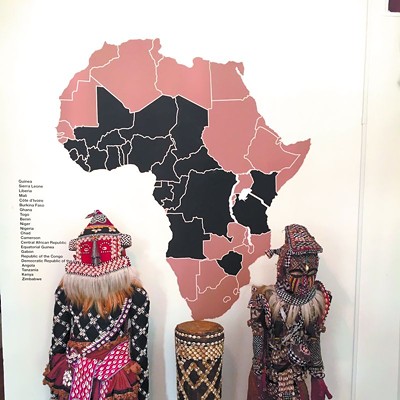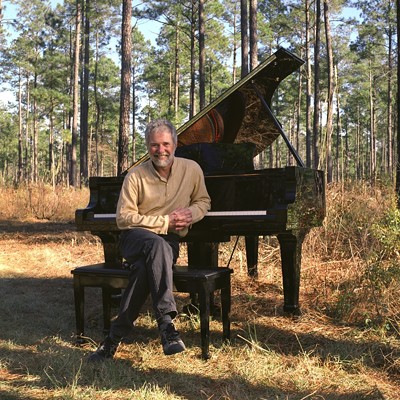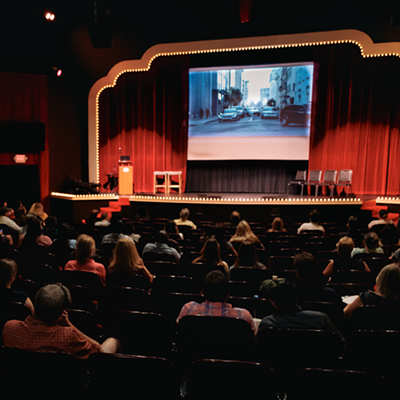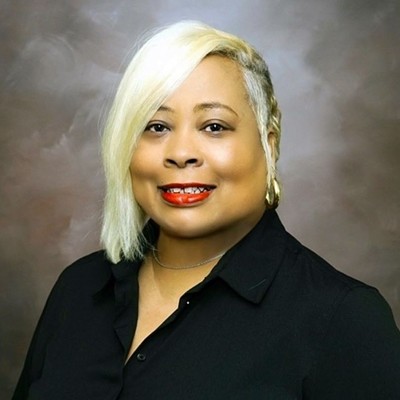For someone who has just returned from a trip around the world, Don Kole is remarkably energetic.
The lauded local businessman and philanthropist has spent the last few months on planes, trains and a small cruise ship with Kaye, his wife of almost 60 years, sojourning from Savannah to Okinawa to South Africa to Morocco and dozens of places in between.
The couple landed back home only a few days ago, but the spry octogenarian is striding around the Kole Management building like he never left the time zone. Kole handed off the business operations years ago to his son, Jeff, but he still keeps a sunny corner office in the stately home on Abercorn to stay apprised of any major developments.
It is also here that he can spend time with his passion—a vast and impressive collection of West African art and artifacts.
“African art is so sophisticated, so interesting,” he waxes, pointing to a trio wooden masks. “Each piece has all kinds of stories to tell.”
He estimates he has amassed several hundred wood, ceramic and metal works in the last 30 years, most of them stored in a climate-controlled attic on the third floor. For the first time, he has lent a special portion to display at the Armstrong Fine Arts Gallery through May 30.
Curated by Tennessee tribal arts expert William Darrell Moseley, The Metal Artistry of West Africa showcases Kole’s exquisite assortment of bronze sculptures and ceremonial items, most of them from the royal court of Benin in southern Nigeria as well as areas of Mali, Guinea and Cameroon.
For Westerners who are familiar with African art solely in the form of textiles and pottery, the exhibit sheds new light on the talents and crafts of the Dark Continent.
“This is an uncommon opportunity for the public to see a type of art rarely exhibited,” writes Moseley.
The all-bronze grouping is dramatic: A massive mask sewn onto black swath of fabric is dotted with small pockets once used to carry healing herbs and amulets, giving off a shamanic presence. A horse rears back with its soldier, tiny bells adorning its harness. A ritual dance helmet as tall as a man shimmers with the faces of crocodiles and snakes.
Though captivating to the eye, these are no mere decorations. Carried through various territories by nomadic peoples like the Yoruba and Dogon, each piece played a part in the life of the tribe, warding off evil spirits, bringing fertility to the soil, healing the sick.
Some tell vital stories: The fall of the kingdom of Benin in the 19th century is recorded in the form of a finely-detailed, three-foot boat depicting British soldiers carrying the king and his three wives to exile after several Western diplomats were beheaded.
Dating back to the late 19th- and early 20th century, the metal works also provide significant insight into a rare process. In order to achieve the degree of detail, artisans employed the “lost wax” method, a rapidly disappearing technique utilizing clay casts and molten metal. Each piece would have been finished with a chisel and file.
“The craftsmanship is just amazing,” says Kole. “These people didn’t have foundries. This is art created by hand by a person and their soul.”
The exhibit is free and open to the public, though it initially began as an educational project overseen by Fine Arts department chair Tom Cato. He and the art history students were able to catalogue and help select the items in the gallery.
“It ended up becoming a collaborative effort with the students,” says Cato.
Kole wanted to extend the educational opportunity beyond the Armstrong campus and worked with the university to bring groups from Savannah’s public and private schools. Many of the 500 or so students are African-American, and Kole laments that most of them know very little of their ancestral homeland.
“My family came from Lithuania, and I know what their lives were like. I think all young people should appreciate their cultural heritage,” he says, acknowledging that the ancestors of modern African-Americans were not able to continue their traditions once they were captured as slaves and taken from their native homes.
“I hope this will be a touchstone for that connection.”
Kole does not collect art on his trips, instead sourcing his collection from a trusted pair of West African-born U.S. citizens, who broker items to help their native villages repair schools and buy fire trucks. Though he and Kaye cruised the coast of West Africa this spring, they did not turn a blind eye to the challenges that plague its modern cities, from rampant unemployment, endemic poverty and AIDS.
The Kole family is renowned for its support of art and history (Kaye is a noted genealogist who founded the Savannah Jewish Archives housed at the Georgia Historical Society), but the family patriarch confesses that the obsession with West African art is all his.
“I don’t buy it because it appreciates in value. It’s an investment in art for art’s sake,” says Kole, though he promises he has slowed down on buying because the attic is almost full. He’s considering a permanent revolving exhibit of the collection, a display that would give these wondrous pieces a wider audience.
“After seeing them against the white walls and on the platforms, I can appreciate them even better.”

